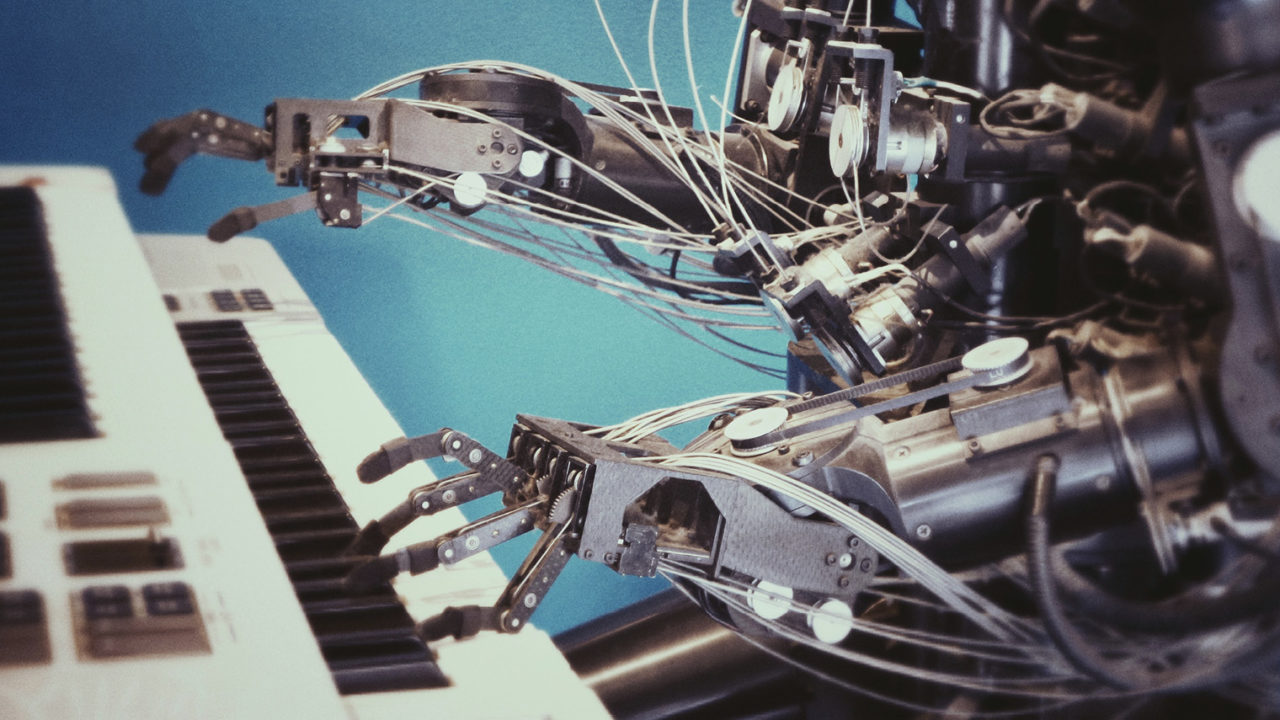Can you imagine a world without the kind of voice assistant technology provided by Amazon Alexa , Google Assistant, Siri on the iPhone or Cortana for Windows?
copyright by www.raconteur.net
Could self-teaching machines help end the skills shortage forever?
Probably not, as we tend to take such technological leaps forward pretty much for granted. But behind the scenes there’s a whole new world of machine-learning that drives their collective ability to seemingly answer any question put to them. It’s not so much knowing the answer that’s the technological miracle – because, well, the internet – but rather that these virtual assistants are able to understand the question in the first place.
We need to be thoughtful about how AI technology can be used to enable responsible innovation!
Machine-learning is, in the broadest possible terms, what you might expect in that computer algorithms can be trained to understand how to correctly respond to an input by way of a human telling it what that response should be. Over time the collective inputs and outputs enable the computer to learn, albeit within a relatively narrow and defined speciality, all thanks to the skilled operators that handle this education.
Which is where one of the biggest conundrums surrounding AI pops up: the paradox that it will solve the skills shortage across multiple industry sectors yet requires skilled operators (who are in very short supply themselves) in order to achieve it. But what if the machines could teach themselves? Is unsupervised machine-learning really possible?
Is unsupervised machine-learning really possible?
When talking about the machines teaching themselves, this is what’s known as unsupervised machine-learning. The simple definition of which is that the machine, or rather the algorithm running it, can be trained without the classification or labelling of data. In other words, the algorithm takes the input and determines the correct response itself, without the need for the output confirmation part of the learning equation.
But have we really reached that far in the development of thinking machines? Labhesh Patel, chief scientist of Jumio, answers with a qualified yes. Mr Patel, whose company uses machine-learning to deliver identity verification and authentication solutions, says that the best machine-learning models start with supervised training and once the AI system is regularly outputting correct results then unsupervised models become a viable proposition.
“Think about sites like Amazon or Netflix that offer recommendations,” Mr Patel explains, “once the machine-learning models have been created, they will learn based on user behaviour. If a recommendation keeps getting clicks, those clicks will feed the intelligence of the algorithms and that recommendation will become more prominent.”[…]
Thank you for reading this post, don't forget to subscribe to our AI NAVIGATOR!
read more – copyright by www.raconteur.net


Can you imagine a world without the kind of voice assistant technology provided by Amazon Alexa , Google Assistant, Siri on the iPhone or Cortana for Windows?
copyright by www.raconteur.net
Could self-teaching machines help end the skills shortage forever?
Probably not, as we tend to take such technological leaps forward pretty much for granted. But behind the scenes there’s a whole new world of machine-learning that drives their collective ability to seemingly answer any question put to them. It’s not so much knowing the answer that’s the technological miracle – because, well, the internet – but rather that these virtual assistants are able to understand the question in the first place.
We need to be thoughtful about how AI technology can be used to enable responsible innovation!
Machine-learning is, in the broadest possible terms, what you might expect in that computer algorithms can be trained to understand how to correctly respond to an input by way of a human telling it what that response should be. Over time the collective inputs and outputs enable the computer to learn, albeit within a relatively narrow and defined speciality, all thanks to the skilled operators that handle this education.
Which is where one of the biggest conundrums surrounding AI pops up: the paradox that it will solve the skills shortage across multiple industry sectors yet requires skilled operators (who are in very short supply themselves) in order to achieve it. But what if the machines could teach themselves? Is unsupervised machine-learning really possible?
Is unsupervised machine-learning really possible?
When talking about the machines teaching themselves, this is what’s known as unsupervised machine-learning. The simple definition of which is that the machine, or rather the algorithm running it, can be trained without the classification or labelling of data. In other words, the algorithm takes the input and determines the correct response itself, without the need for the output confirmation part of the learning equation.
But have we really reached that far in the development of thinking machines? Labhesh Patel, chief scientist of Jumio, answers with a qualified yes. Mr Patel, whose company uses machine-learning to deliver identity verification and authentication solutions, says that the best machine-learning models start with supervised training and once the AI system is regularly outputting correct results then unsupervised models become a viable proposition.
“Think about sites like Amazon or Netflix that offer recommendations,” Mr Patel explains, “once the machine-learning models have been created, they will learn based on user behaviour. If a recommendation keeps getting clicks, those clicks will feed the intelligence of the algorithms and that recommendation will become more prominent.”[…]
Thank you for reading this post, don't forget to subscribe to our AI NAVIGATOR!
read more – copyright by www.raconteur.net
Share this: